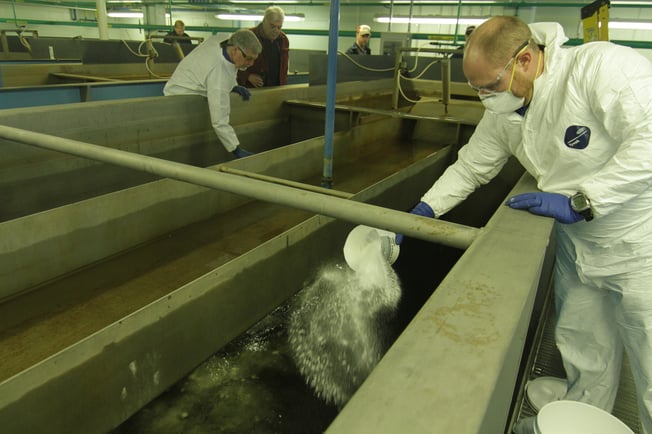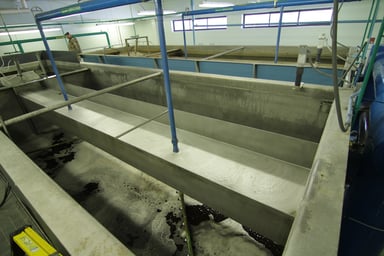Water Filtration Media: How it Works and How To Maintain it
- Home
- Team EJP Blog
- Water Filtration Media: How it Works and How To Maintain it
- Apr 7, 2015 8:30:00 AM
- Everett J. Prescott

Filtering water can make it look cleaner, taste cleaner and keep it safer for all who drink it or use it. While there are many different ways to clean water and make it safer, one of the most common and effective is filtration using a media-based filter. Whether you work with water filters on a regular basis, or you are considering switching to this style of filter, understanding how this process works and how to maintain these filters is key to success.
How Media-Based Filters Work
The filtration process works by having water flow through a bed of sand or another granular media at a low speed. When this happens, the media will pick up much of the solid matter, but the water will pass through. This usually occurs multiple times to remove enough of the toxins to make the water suitable for its particular use. While this is an effective way of filtering water, it is slow. However, it is still used in some municipal water treatment plants and it is also the basis for how most media-based filters work today.
In the majority of modern filtration systems, carbon is the main material that makes up this filter. The carbon is compressed into a solid block form—rather than presented as a granular sandy form like described above. This is considered a “multimedia” filter. This process is quite a bit faster than the traditional sandy material based filter, and can be paired with other water cleaning options to create a clean water solution that is suitable for nearly every municipal or community need. No matter which type of filter is chosen, water is normally sent through several stages of filters to ensure removal of all unwanted materials. While the first filtration stage removes the highest concentrations of chemicals, later stages will get rid of the smaller and harder to fight materials. Clean, fresh water is a necessity, and a good, clean filter is the key to making this happen.
Maintaining Media-Based Filters
While a media-based filter will clean the water, leaving it looking, smelling and tasting fresher, over time the toxins build up in the filters and they will need to be replaced. However, regular maintenance and cleaning of the filter will add to the filter life and extend the period of time between replacements. Consider these best practices to maintain basic media-based filters:

- Clean using an eco-friendly product – neXt, by Blue Earth Labs is an eco-friendly product designed to return the media in the filter to a fresh, clean state. This may add to the length of time between filter changes, saving money. Plus, since the product is added directly to the filter, there is less downtime than other cleaning options.
- Reverse Flow Cleaning – Another way of cleaning the filter involves reversing the flow of water through the filter. Depending on the particular setup of the filter and water tank, this may or may not be a suitable option. While this is a potential way of cleaning the media, it doesn’t necessarily get all of the toxins like utilizing a product does.
Now that you know a bit more about the media filters and how to maintain them, you may be better prepared to deal with the process. At the end of the say, these filters are an important tool in water treatment, but they are only as useful as the people who operate them, so take the time to learn as much as you can about them, and don’t hesitate to ask questions—that’s the best way to learn!
Westfield, MA Media Cleaning Full Video
Discover The Benefits Of Media Cleaning!
Follow the town of Westfield, MA throughout their jorney to restoring and cleaning their media.
What's Inside:
- Client's Experience
- Full Interviews
- Product In Action
- Results of the Project







